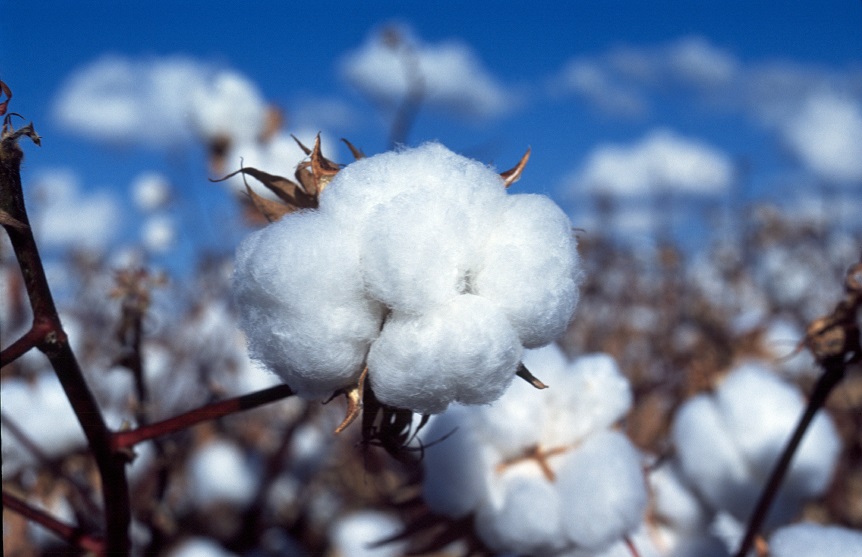We've helped to develop cotton varieties that increase productivity, reduce insecticide use and are the most water efficient in the world.

You wear it, sleep in it, dry yourself with it and perhaps even clean your ears with it. But did you know Aussie innovation is helping the fashion industry get quality pants from a plant?
Even though Australia is a relatively minor cotton producer on the world scale, we’ve made a big impression on the industry globally. We are part of a unique partnership which has develop more than 100 varieties – the only varieties used in Australia – and they produce among the best cotton there is.
These varieties:
- Have increased productivity by more than $5 billion
- Have reduced insecticide use by 85 per cent
- Have cut herbicide use by 52 per cent
- Are the most water efficient in the world
Australian cotton provides the highest yields in the world and it’s arguably the world’s finest. Almost one quarter of the cotton grown in the US and about one-third of the cotton in Brazil, Turkey and Greece are from varieties we bred. We are also in the world’s top four exporters, sending an average of $2 billion worth of raw cotton abroad each year.
This week, Cotton Seed Distributors (CSD), the only company in Australia that supplies cotton seed, celebrates its 50th anniversary – and 46 of those years have been in partnership with us.
Along with the CSD and the Cotton Research and Development Corporation (CRDC), we’re leading the world in breeding and bringing to market high-yielding and pest and disease resistant cotton varieties.
From plants to pants
Each spring, cotton seed is planted into farms across the country. The plants are nurtured until they produce fruit, known as bolls. Inside each boll is the fluffy white lint we know as cotton as well as cotton seeds.
Bolls are picked by mechanical harvesters in autumn and processed to separate the long fibres (lint) from the seed. This lint is then put into bales and sent overseas to be manufactured into yarn and then fabric. The remaining cotton seed also has its uses. It’s included in cattle feed or crushed to produce an oil for cooking, soap, margarine, cosmetics and other products.
The short fibres that remain on the seed are subsequently removed and used in bandages, cotton buds and even bank notes.


12th February 2019 at 12:04 pm
really do agree with you.
has anyone from CSIRO replied to you.
I read their guidelines, and they have covered them selves pretty well. so I am thinking even this reply wont make it up on the conversation.
13th April 2017 at 3:54 am
How soon can we replace this eco-nonsense of cotton farming with Hemp? Hemp is far better for the planet and your economy than cotton. Hemp outlasts cotton ten to one. It can be used as foodstuff and oil, building material, stockfood and beauty ungent. Look towards replacing cotton with hemp soon. If you are still thinking hemp is a hippie drug plant you are a part of the propaganda problem which made reefer madness displace this wonderful plant a century ago by powerful industrial interests flogging tree pulp and oil products and incarcerating coloured folks. Grow Hemp, save earth.
7th April 2017 at 4:28 pm
CSIRO is invaluable to the Australian economy. Where would we be without all the research and development provided by the CSIRO? One would think the National Party part of the LNP would have a big vision for the CSIRO. Instead we get a miserable lot only interested in ‘pork barrelling’.